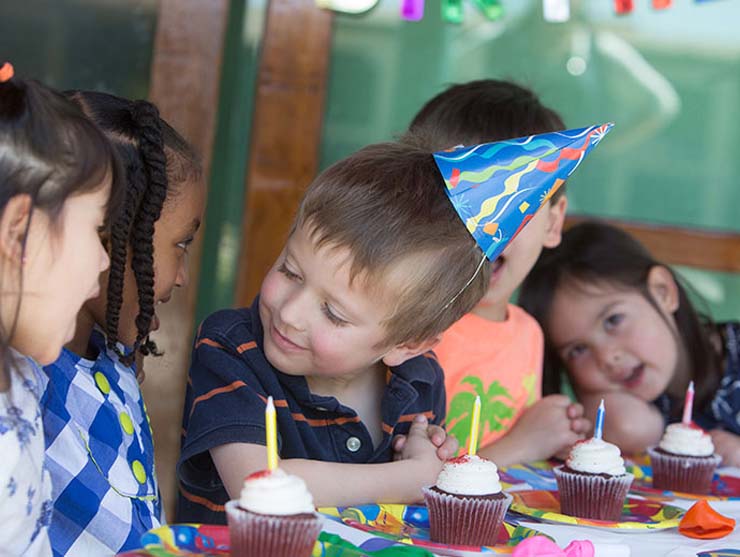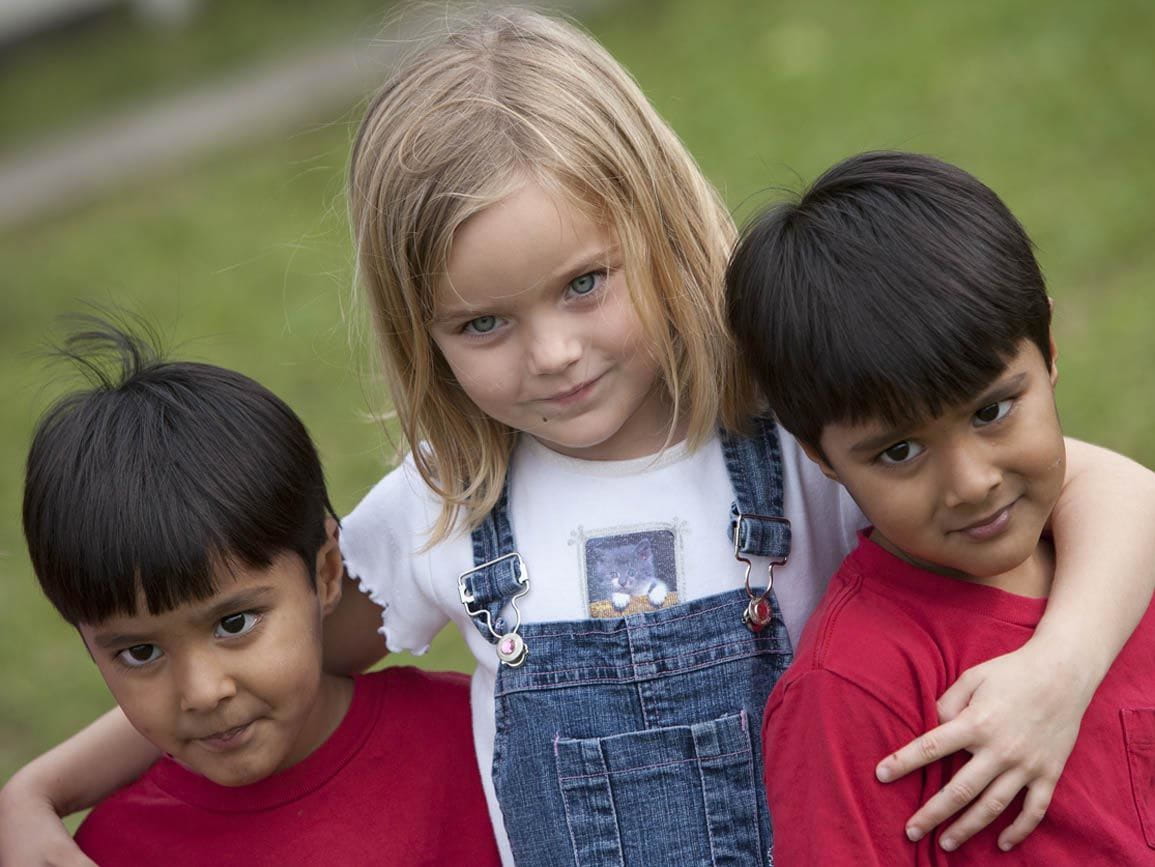When do children begin to explore the important topics of science and mathematics? We may have an image of children in elementary school, but perhaps the path of curiosity, exploration, and discovery begins when an infant experiences the taste and texture of an object she puts in her mouth. Along the way, a toddler goes beyond rote counting and learns the actual meaning of the number two. And a preschooler watches day by day as a seed placed in a cup of dirt becomes a plant with tomato blossoms.
Young children are inquisitive, filled with questions about the world around them. Math and science books for children can both answer questions and stimulate growing interests.
One Foot Two Feet, An Exceptional Counting Book offers a fresh look at counting to ten. Children can follow along a number line as one of each item - a foot, a mouse, a tooth - is compared to many. A little lesson on irregular plural nouns and a search game are thrown in for good measure. What a colorful way to learn to count.
What about a lesson on animate versus inanimate objects? Too advanced for a young reader? Not if the lesson is taught through the questions asked in Do You Know Which Ones Will Grow? "If an owlet grows and becomes an owl, can a washcloth grow and become…a towel?" Youngsters can make their choices, and then lift the flap to test their answers in this page by page discovery of what is alive and what is not.
Ecology is another big scientific topic that becomes accessible and fascinating to young readers in Meadowlands: A Wetlands Survival Story. Through text and lovely watercolors, this book demonstrates the resiliency of the earth when there is a determined effort to repair it.
Very young children can explore the worlds of science and mathematics through hands-on experiences, observation, and books that make these topics come alive. These books could be the beginnings of a life-long interest.
By Susan C. Brenner, EdD





